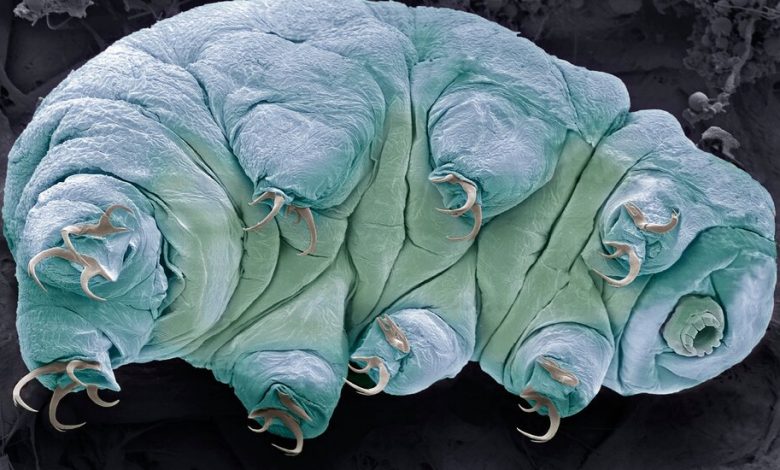What Makes Tiny ‘Water Bears’ So Tough? They Quickly Fix Broken DNA.

To introduce her children to the hidden marvels of the animal kingdom a few years ago, Anne De Cian stepped into her garden in Paris. Dr. De Cian, a molecular biologist, gathered bits of moss, then came back inside to soak them in water and place them under a microscope. Her children gazed into the eyepiece at strange, eight-legged creatures clambering over the moss.
“They were impressed,” Dr. De Cian said.
But she was not finished with the tiny beasts, known as tardigrades. She brought them to her laboratory at the French National Museum of Natural History, where she and her colleagues hit them with gamma rays. The blasts were hundreds of times greater than the radiation required to kill a human being. Yet the tardigrades survived, going on with their lives as if nothing had happened.
Scientists have long known that tardigrades are freakishly resistant to radiation, but only now are Dr. De Cian and other researchers uncovering the secrets of their survival. Tardigrades turn out to be masters of molecular repair, able to quickly reassemble piles of shattered DNA, according to a study published on Friday and another from earlier this year.
Scientists have been trying to breach the defenses of tardigrades for centuries. In 1776, Lazzaro Spallanzani, an Italian naturalist, described how the animals could dry out completely and then be resurrected with a splash of water. In the subsequent decades, scientists found that tardigrades could withstand crushing pressure, deep freezes and even a trip to outer space.
In 1963, a team of French researchers found that tardigrades could withstand massive blasts of X-rays. In more recent studies, researchers have found that some species of tardigrades can withstand a dose of radiation 1,400 times higher than what’s required to kill a person.




